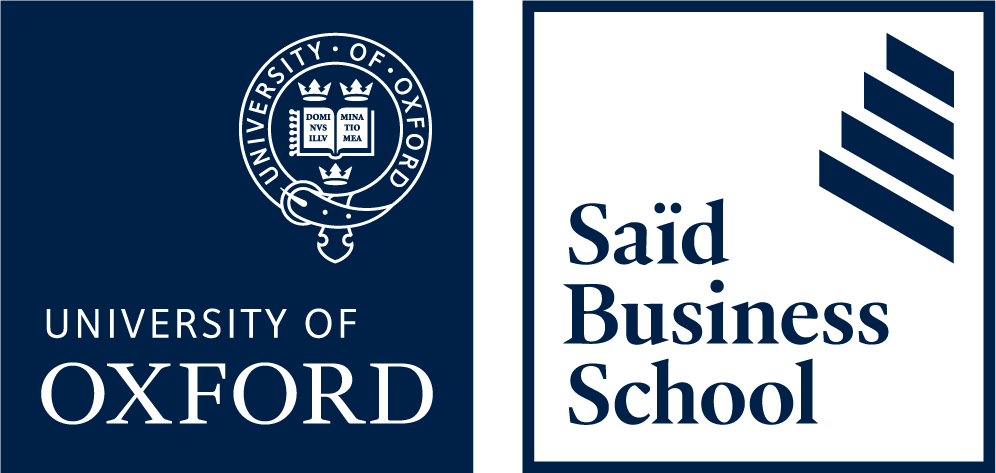- CSR
Achieving a Circular Economy
Saïd Business School report offers a framework for systems change and a guide towards a circular economy for collaborating organizations
There is almost universal consensus that global warming is set to have devastating consequences for the planet and for hundreds of millions of people, if it continues at the current rate.
In response Extinction Rebellion has called for the UK to reduce its greenhouse gas emissions to zero by 2025, and the UK government itself has committed to net zero by 2050 (costing roughly £40 billion a year, according to the Committee on Climate Change). It is evident that to achieve even the government’s target will require massive lifestyle changes for all of us, and that business will have to be at the forefront of this.
Calls from Extinction Rebellion and other green lobbyists for a sustainable world based on the West abandoning market capitalism in favour of a controlled economy are at best irrelevant. It is free enterprise business, albeit in co-operation with governments and NGOS, that is best placed to find the solutions we need. The question is: where should business focus its efforts?
One point of focus must be the concept of a ‘circular economy’ – the economic system aimed at eliminating waste through continual reuse of resources, sharing, repair, refurbishment, remanufacturing and recycling to create a closed system, minimising the need for products or services to be dependent on finite resources.
...................................................................................................................
|
Ellen MacArthur Foundation Principles of Circular Economy: 1. Design pollution and waste out of the system 2. Keep material and products in use at optimal level 3. Build and restore natural capital and regenerate natural systems |
...................................................................................................................
A powerful concept; but designing and implementing a circular economy presents complex challenges whose solutions lie in fundamental systems change and will require different kinds of organizations and industries to collaborate across value chains and across countries.
A new report exploring the features of a circular economy was launched at the recent WEF Sustainable Development Impact summit in New York by the University of Oxford's Saïd Business School. The report looks at the challenges circularity presents to organizations seeking more sustainable routes to market and presents a framework for successful systems change.
...................................................................................................................
Download Saïd's report: The Circular Economy: Boundaries and Bridges
...................................................................................................................
“It’s a new world and we need to think in new ways about the sustainable development challenges we’re facing. The climate crisis, biodiversity loss and deforestation for example are all deeply interconnected. Developing solutions requires different types of collaborations to foster new connections,” said Aoife Brophy Haney, Departmental Research Lecturer in Innovation and Enterprise at Oxford Saïd and co-author of the report.
“But it’s very difficult to design collaborations in a way that will lead to systems change. So, we’re trying to provide some guidance on how you can overcome some of the challenges of working across private/public sectors and working with competitors in your own industry.”
This guidance includes these seven tips for developing a circular economy initiative:
- Set the objective. Clear overarching objective and a process for making sure this is inclusive, allows for a common language and vision to emerge and to change over time.
- Design for flexibility. Frame the scope and allow for flexibility. Avoid single points of failure including over dependency on any single partner.
- Map the system. Map the key parameters. Who are the players? Are there ‘unconventional’ partners you’re missing? What can each potential partner bring to the table? What are the motivations for working together?
- Shared values. Mechanisms that allow for individual goals to be protected – ensuring that the identity for the overarching collaboration is coherent but allows for differences to emerge.
- Trust is critical. Developing trust among the partners, visibility and openness about differences as well as similarities.
- Sharing knowledge. Means of protecting intellectual property without compromising the goals of the project.
- Constant review. Re-evaluation over time – recognition that the ultimate goal may be for boundaries to be redefined so that the job of the platform organiser may come to an end.
The Saïd research the team developed a number of case studies of organizations that are all members of PACE (the Platform for Accelerating the Circular Economy) – a platform that convenes public and private sector collaborations for the circular economy. From conversations with PACE partners the team developed this five point framework to help guide collaborations that are meaningful for the individual partner and the initiative as a whole:
- Interest: Why are you interested in the circular economy? How does it fit within your company/organisation? How will it impact your industry?
- Intent: what transitions do you intend to achieve? Is it at a company or industry level? Is it about contributing to a material flow?
- Inputs: What are your contributions? Is this a core/affiliate project you want to lead?
- Impact: What is the intended ‘positive’ impact (on the system)? What is the impact after a year? How was ‘negative’ impact mitigated?
- Improve: What to you need to improve on now? What do you need to improve in a year?
“More and more people are waking up to the realisation that growth cannot continue in the same way it has in the past. Instead we must look at accelerating a transition to a circular economy where growth is no longer dependent nor fuelled by finite resources,” said Charmian Love, co-author of the report.
The Saïd Business School is Europe’s fastest growing business school. An integral part of the University of Oxford, it embodies the academic rigour and forward thinking that has made Oxford a world leader in education.
ARTICLES YOU MIGHT LIKE
BOOK REVIEW
A practical guide to sustainable corporate sourcing and running a scandal-free supply chain
DEVELOPING LEADERS QUARTERLY MAGAZINE AND WEEKLY BRIEFING EMAILS


































